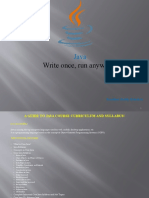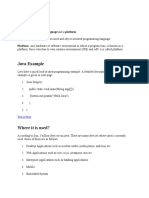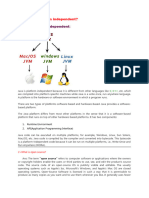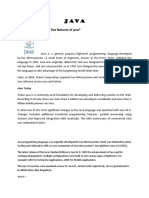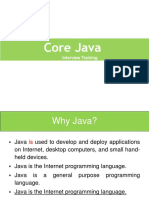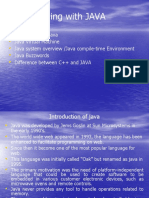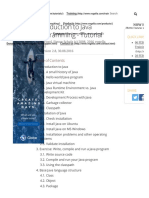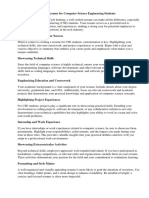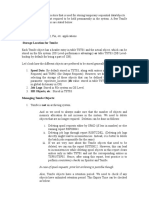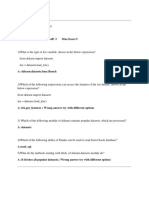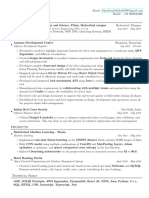0% found this document useful (0 votes)
13 views19 pagesJava Revision Notes Part1 To 16
The document provides a comprehensive overview of Java, covering its definition, history, features, and key components such as JDK, JRE, and JVM. It includes important rules, exceptions, interview questions, and examples related to Java programming, as well as details about Java versions and data types. The content is structured in a way that serves as a quick revision guide for Java concepts and practices.
Uploaded by
sahil dhawaleCopyright
© © All Rights Reserved
We take content rights seriously. If you suspect this is your content, claim it here.
Available Formats
Download as PDF, TXT or read online on Scribd
0% found this document useful (0 votes)
13 views19 pagesJava Revision Notes Part1 To 16
The document provides a comprehensive overview of Java, covering its definition, history, features, and key components such as JDK, JRE, and JVM. It includes important rules, exceptions, interview questions, and examples related to Java programming, as well as details about Java versions and data types. The content is structured in a way that serves as a quick revision guide for Java concepts and practices.
Uploaded by
sahil dhawaleCopyright
© © All Rights Reserved
We take content rights seriously. If you suspect this is your content, claim it here.
Available Formats
Download as PDF, TXT or read online on Scribd
/ 19









